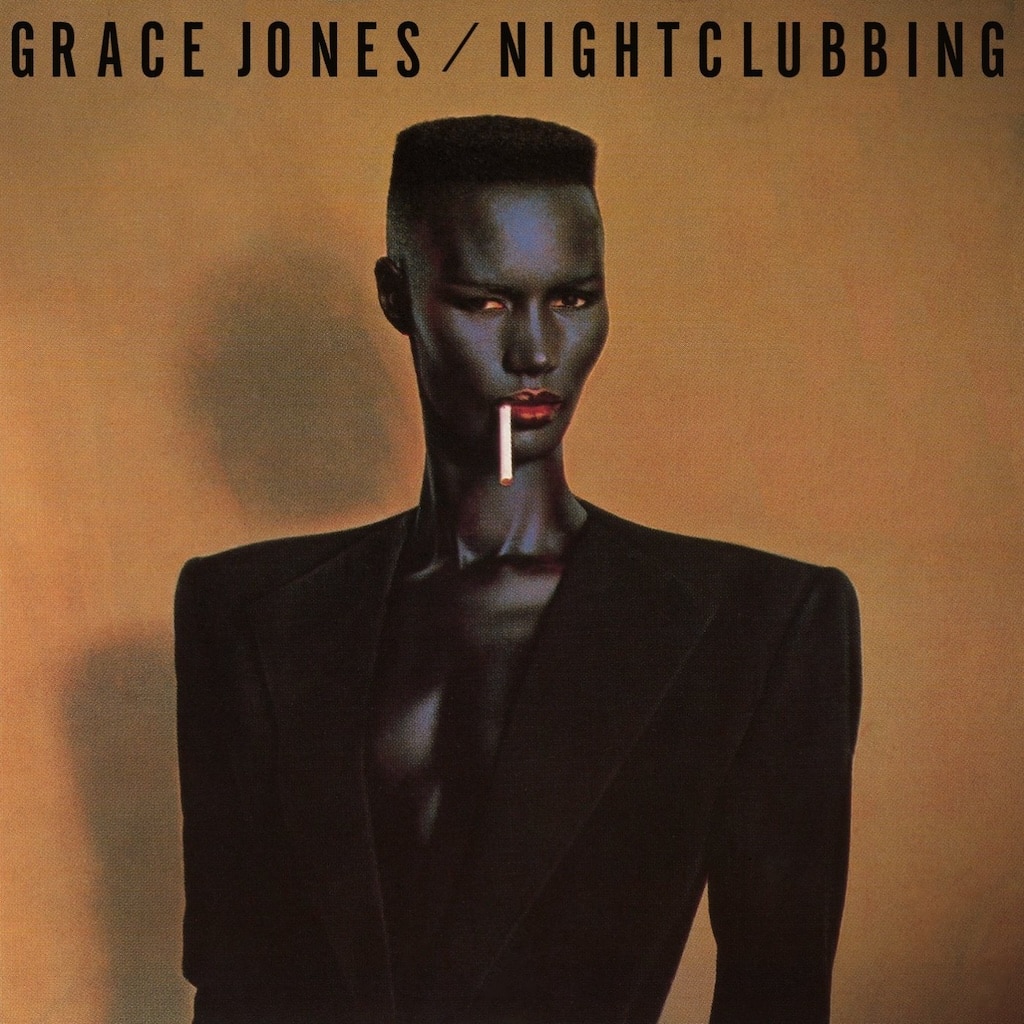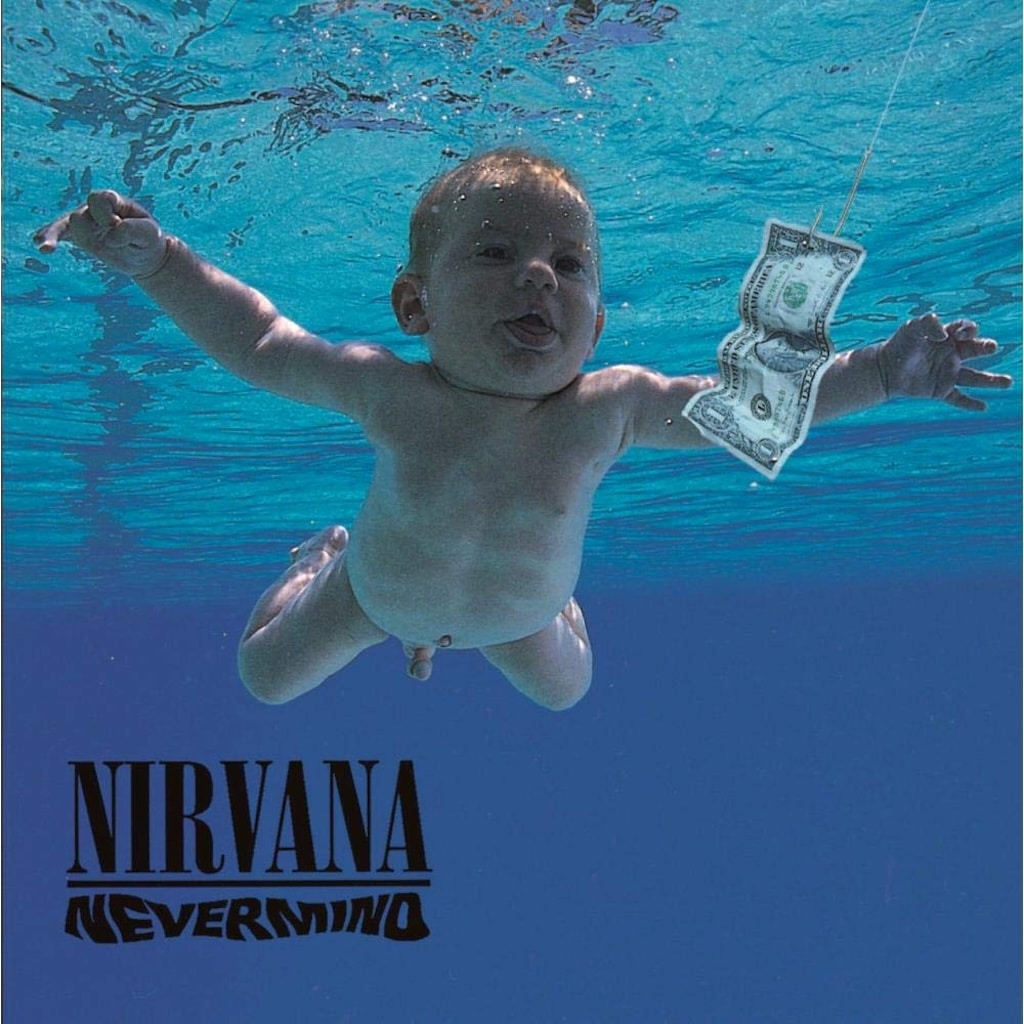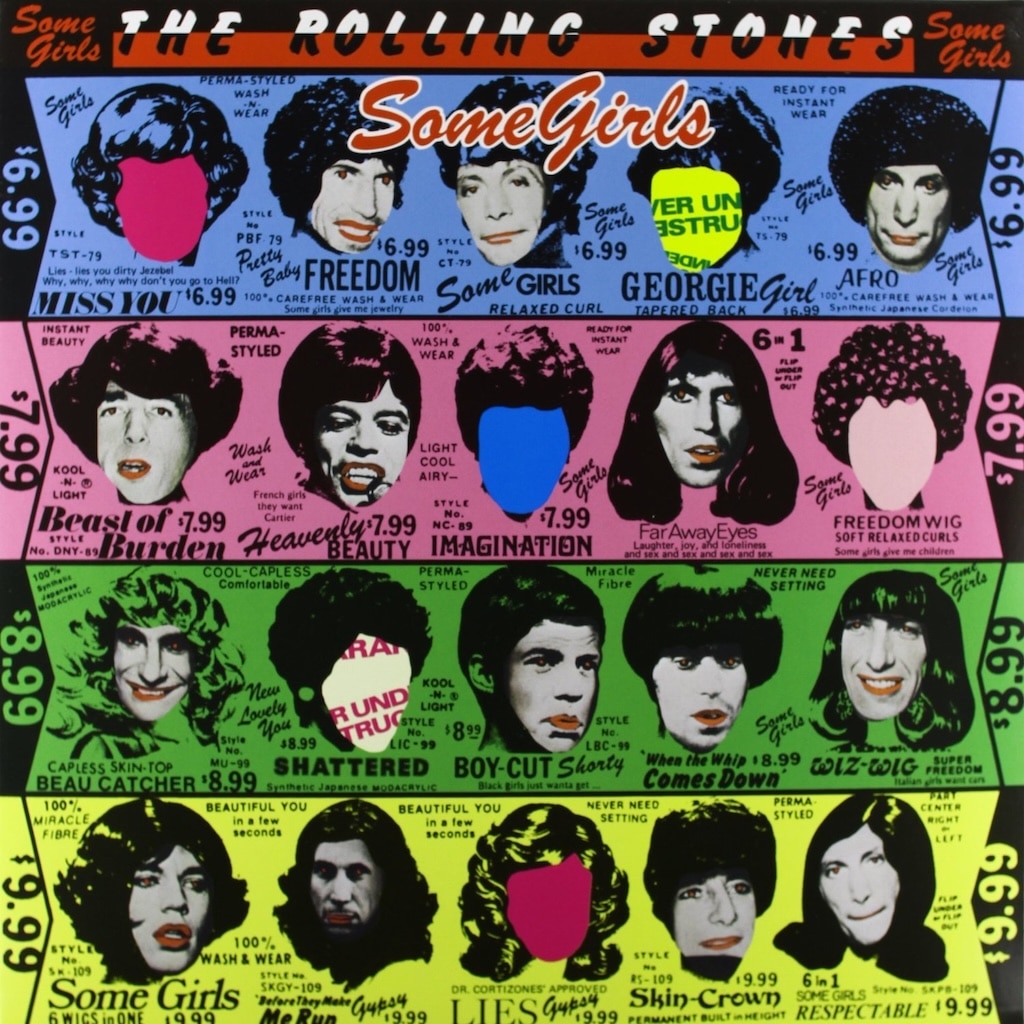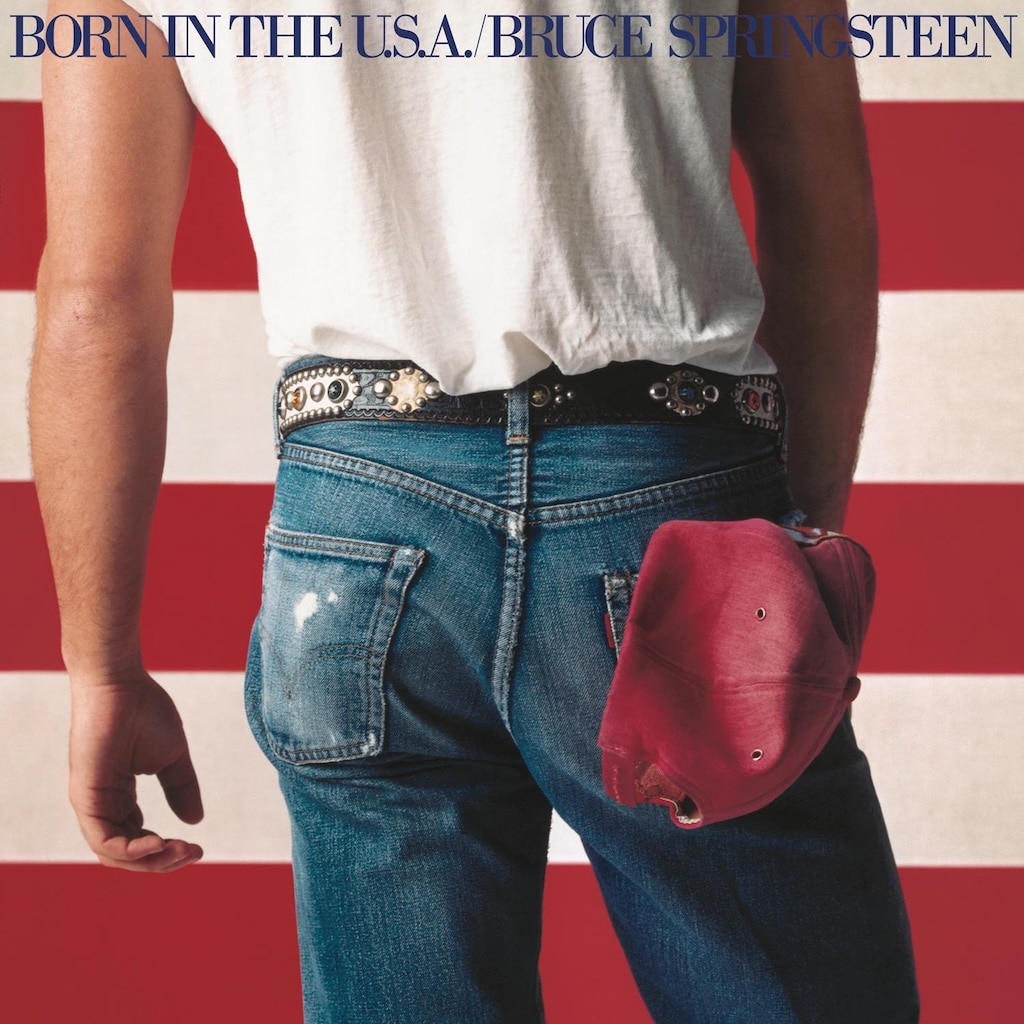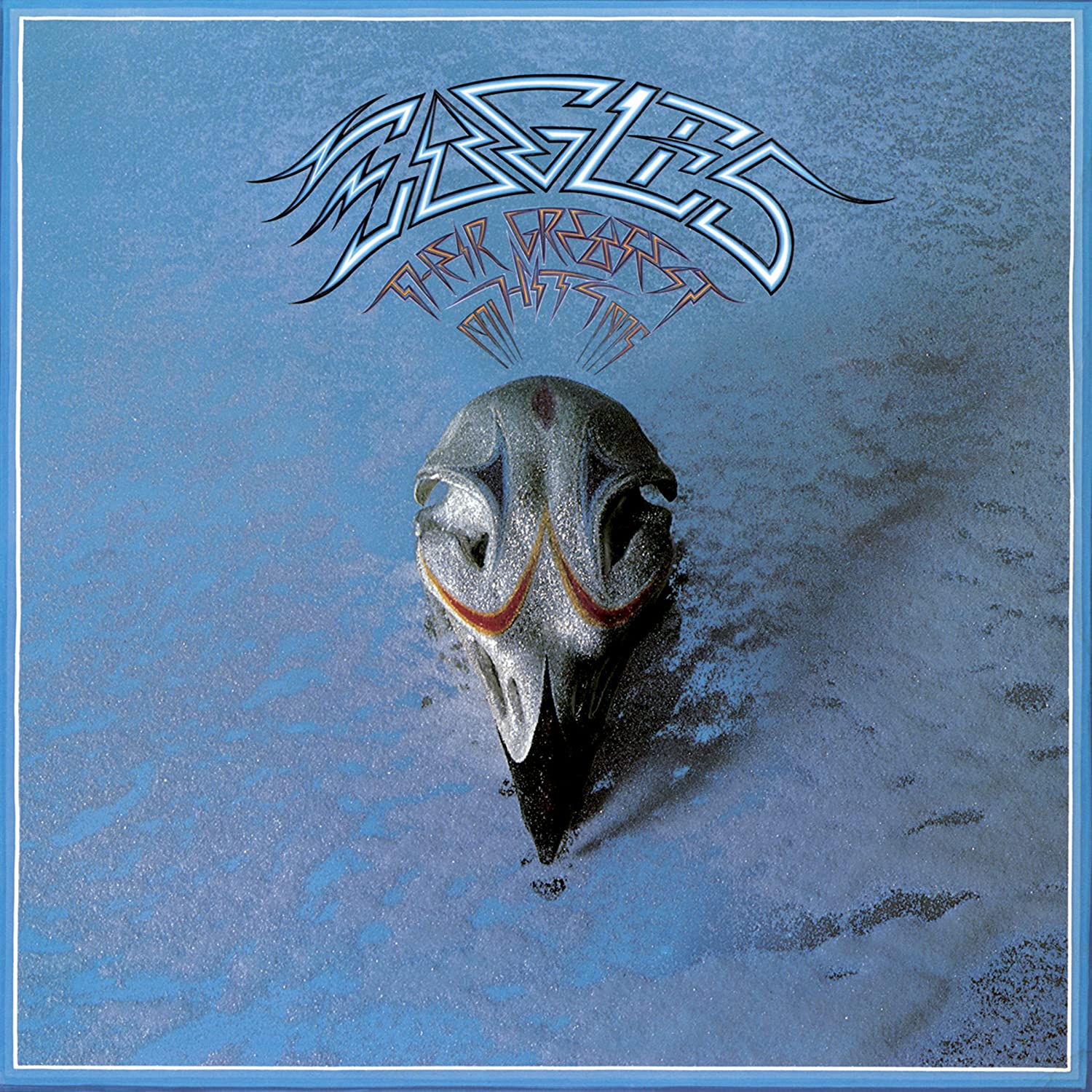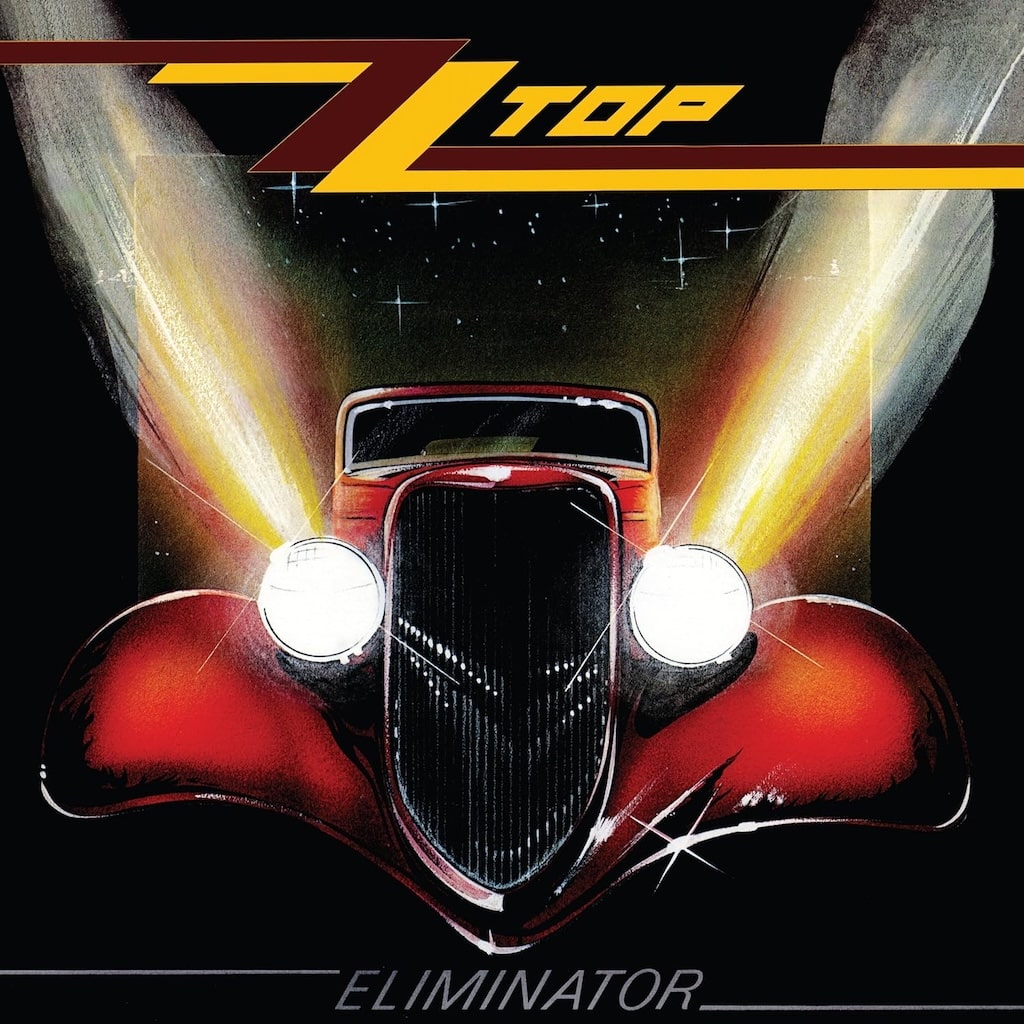
ZZ Top’s “Eliminator”: The Album That Defined an Era
The Birth of an Iconic Album Cover
ZZ Top’s “Eliminator,” released on March 23, 1983, features one of rock’s most recognizable album covers—a cherry red 1933 Ford coupe hot rod against a stark background. This iconic car was custom-built by Don Thelan at Buffalo Motor Cars in Paramount, California. Thelan chopped the steel body by three inches, while Steve Davis created a unique three-piece hood, and Kenny Youngblood designed the “ZZ” graphics.
Under the hood was a reliable 350-cubic-inch Chevy V8 engine, providing dependable power while maintaining the hot rod’s authentic appeal.
The Car That Became a Cultural Icon
The Eliminator coupe became the central visual motif for the album’s marketing campaign, appearing in music videos for hit singles “Gimme All Your Lovin’,” “Sharp Dressed Man,” and “Legs.” These videos followed a similar formula—an underdog is transformed by the arrival of three glamorous women in the Eliminator car, with ZZ Top granting the protagonist the magical keys to the hot rod.
The car’s popularity grew so immense that Billy Gibbons commissioned a clone for public appearances, as the original toured with the band.
Reinventing ZZ Top for the MTV Era
The cover design embodied the band’s reinvented image for the MTV era. Prior to “Eliminator,” ZZ Top was primarily known as a blues-rock band, but this album marked a significant shift in their sound. The sleek car symbolized the album’s fusion of traditional blues-rock with modern synthesizers—a sonic shift that defined this pivotal record.
Gibbons acknowledged that European electronic acts like Depeche Mode influenced this new direction, with synthesizers creating “a platform that allowed the guitar to stand on its own.”
The MTV Revolution
The “Eliminator Trilogy” of videos revolutionized ZZ Top’s career and helped define the early MTV era. These videos featured models Jeana Tomasino and Danièle Arnaud as two of the women who arrived in the Eliminator car. The band members appeared as mysterious figures who would grant the protagonist the ZZ Top keychain.
Commercial Breakthrough
“Eliminator” became ZZ Top’s commercial breakthrough, selling over 10 million copies in the United States and earning Diamond certification. Four hit singles were released: “Gimme All Your Lovin’,” “Sharp Dressed Man,” “TV Dinners,” and “Legs.”
A year after release, the album was still selling 100,000 copies weekly. Dusty Hill noted, “The videos have given us a younger audience… we’ve recaptured the 16-year-old girls.”
Musical Innovation: Blues Meets Technology
The album incorporated drum machines, synthesizers, and sequencers while maintaining ZZ Top’s blues-rock roots. Gibbons focused on timing and tempo, with many tracks clustered around 120-125 beats per minute—faster than their normal pace.
Engineer Linden Hudson played a significant role in pre-production, establishing this consistent tempo. After recording basic tracks with the full band at Ardent Studios in Memphis, many parts were enhanced with electronic elements.
cultural Impact
“Eliminator” elevated album cover art to cultural phenomenon status, defining 1980s rock aesthetics. The car became an instantly recognizable symbol, inspiring countless replicas and even a model kit by Monogram in 1985.
Today, the original Eliminator car is displayed at the Rock and Roll Hall of Fame in Cleveland. The album demonstrated how traditional rock bands could adapt to the MTV era without compromising their identity, helping revitalize interest in hot rod culture while cementing ZZ Top’s status as global rock icons.
The album’s marriage of blues foundations with contemporary production techniques produced hit singles that remain radio staples today. “Eliminator” transformed ZZ Top from cult favorites to mainstream superstars, creating an instantly recognizable brand that linked the Texas trio’s bearded appearance with American automotive culture—a visual identity that continues to resonate four decades later.

